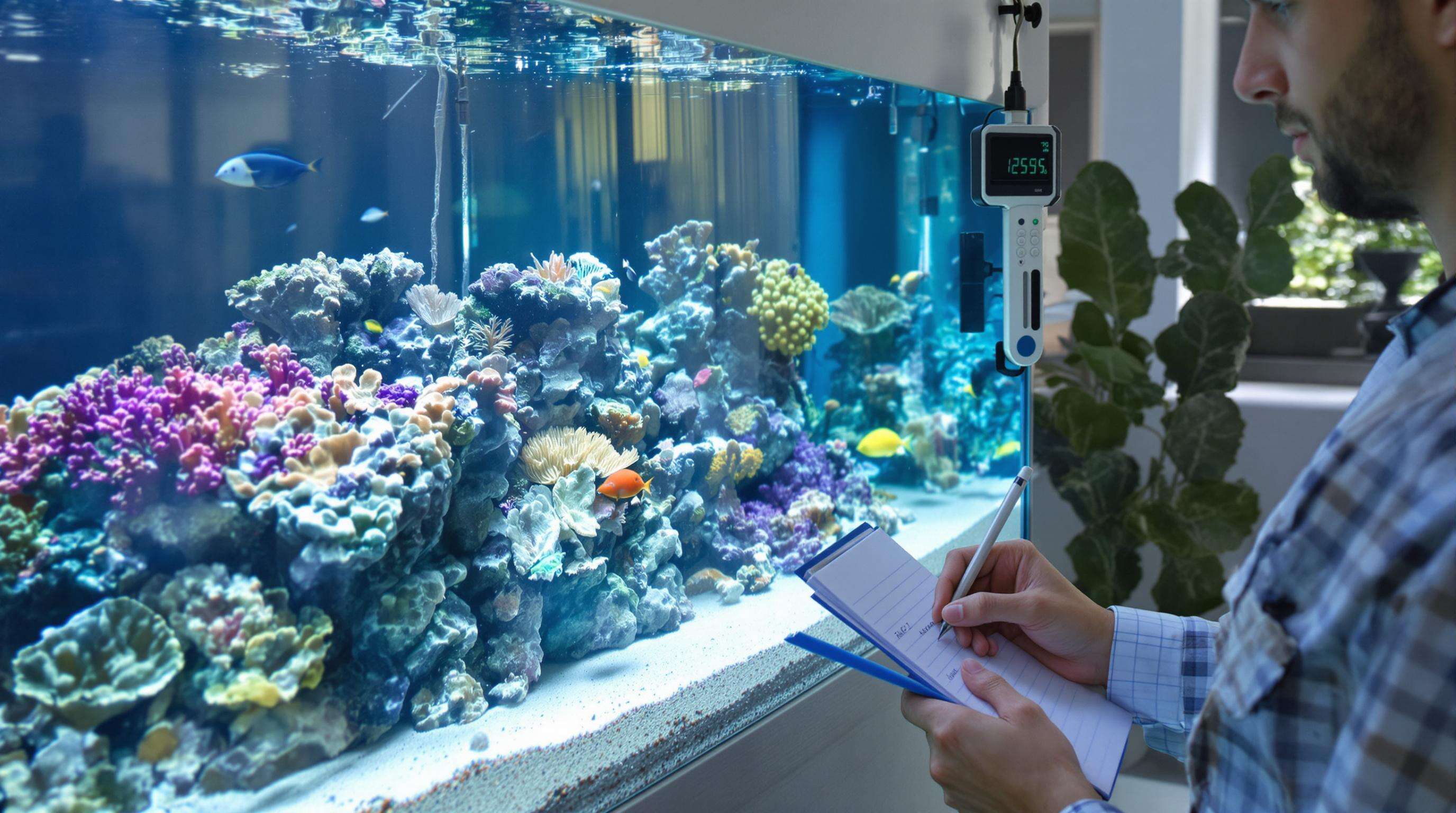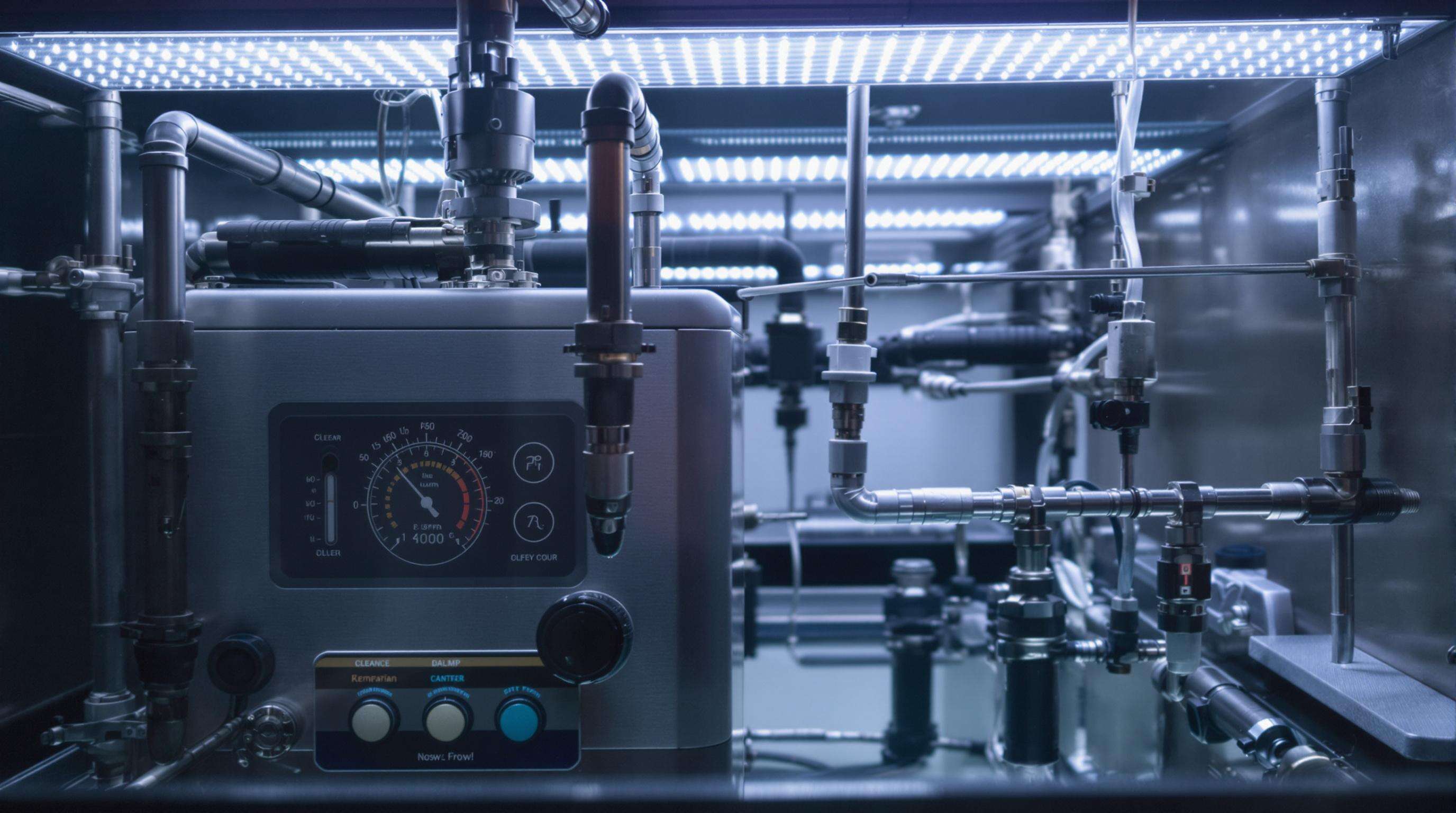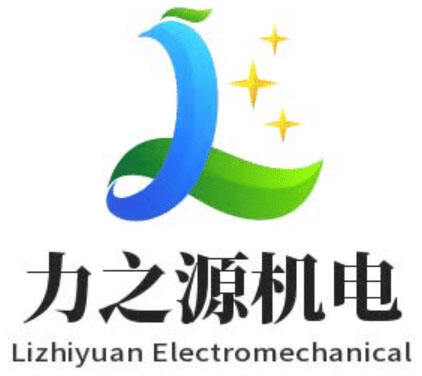Fish Tank Chiller Fundamentals: Core Capacity Factors
Aquarium Volume's Direct Impact on Cooling Needs
A certain amount of cooling energy is required for each gallon of water to keep temperature in check. You can calculate the BTU requirement by using your tank volume (in gallons) x (the temperature drop) x 8.3 (weight of one gallon of freshwater). For instance, a 100-gallon freshwater tank that requires a 5°F reduction in temperature will require approximately 4,150 BTU/hour. Larger systems such as 500 gallon reef tanks might require a chiller over 20,000 BTU/hour or the thermal mass of the tank will result in the chiller turning on and off without a net decrease in temperature (which can be super annoying as well).
Undersizing leads to constant overwork, while oversized units cause rapid cycling, reducing efficiency. This principle applies universally across nano tanks and commercial aquaculture setups, though saltwater systems often use an 8.5 multiplier instead of 8.3 to account for higher density.
Temperature Differential Requirements by Species
Tropical species like clownfish thrive at 76–82°F but demand stricter ±1°F stability compared to cold-water goldfish (65–72°F, ±3°F tolerance). Corals require even tighter control (77–79°F ±0.5°F) to prevent bleaching.
The ΔT between ambient air and desired water temperature has direct impact on chiller energy consumption. The 75°F water let into a 100-gallon tank in a 85°F room needs double the cooling capacity to that of the same tank in an 78°F °room. Which is why outdoor ponds usually need commercial-grade chillers that have 30–50% more power than indoor tanks.
Marine biologists recommend matching chiller specifications to species’ natural habitats – Mediterranean seahorses (68–72°F) vs. Amazonian discus (82–86°F) – to avoid stressing aquatic life. Always factor in seasonal room temperature fluctuations during equipment selection.
Calculating Fish Tank Chiller BTU Requirements

Essential Formula: Gallons × Temperature Drop × 8.3
The foundation of chiller sizing lies in the formula:
BTU/hour = Tank Volume (gallons) × Desired Temperature Drop (°F) × 8.3
The coefficient 8.3 is the weight of one gallon of freshwater (~8.3 lbs). For saltwater, adjust to 8.5 due to increased density. This calculation is the amount of heat flow that must be taken out each hour to keep the product at the right temperature. One technical note: BTU measures total energy, while BTU/hour (sometimes written as BTU/hr) represents cooling power. For example, for a 4,000 BTU/hr chiller this is 4,000 BTU of heat per hour.
Practical Case: 100-Gallon Reef Tank Calculation
Consider a 100-gallon reef tank needing a 5°F reduction in 80°F room temperatures:
- Saltwater adjustment: 100 gallons × 8.5 = 850 lbs
- Energy required: 850 lbs × 5°F = 4,250 BTU
- Hourly capacity: 4,250 BTU ÷ 4 hours ~ 1,063 BTU/hr
Always round up by 15-20% to accommodate equipment heat (pumps, lights) and ambient temperature fluctuations. For this scenario, a 1,300-1,500 BTU/hr chiller ensures reliable performance.
Common BTU Estimation Errors to Avoid
- Ignoring thermal byproducts: Lighting systems add 2-4°F of heat to tanks, requiring compensatory BTU capacity.
- Overlooking runtime duration: A 5,000 BTU chiller needs 5 hours to remove 25,000 BTU, not 1 hour.
- Misapplying freshwater metrics: Saltwater’s density (~8.5 lbs/gallon) demands formula adjustments.
- Assuming linear scalability: Every 10°F ambient temperature increase reduces chiller efficiency by 18-22% (2023 HVAC study).
Always validate calculations against manufacturer performance charts, which factor in real-world heat exchange variables.
Fish Tank Chiller Performance Variables

Three critical factors determine aquarium chiller efficiency: ambient room temperature, lighting system heat output, and water circulation dynamics. Properly balancing these variables ensures stable temperature control while minimizing energy consumption and equipment strain.
Ambient Room Temperature Effects (+5°F Rule)
Room temperature has direct impact on chiller workload --- typical room cooling demand increases 10-15% when room temperature rises by 1°F. According to the +5°F Rule, the correct chiller size should be capable of accommodating temperatures that are 5°F higher than the average summer highs in your area. In tropical 85F temps there is need of a chiller to keep tanks 78F at 90F+ ambient so there are no power surges during a heatwave.
Lighting Systems' Thermal Output Considerations
High-intensity aquarium lights add substantial heat:
- 300W metal halide fixtures raise 100-gallon tanks by 2-3°F hourly
- LED arrays reduce thermal output by 40% compared to traditional lighting
Always factor lighting wattage into total BTU calculations—a 200W system demands an additional 680 BTU/hr cooling capacity (200W × 3.41 conversion factor).
Water Flow Rate Optimization Strategies
Match flow rates to chiller specifications:
- Too slow: Insufficient heat transfer (under 100 GPH per 1,000 BTU)
-
Too fast: Reduced contact time (over 300 GPH per 1,000 BTU)
Most 1/3 HP chillers perform optimally at 150-200 GPH flow rates, while commercial 1 HP units require 500-600 GPH for maximum thermal exchange efficiency.
Residential vs. Commercial-Grade Chillers
Home aquarium chiller Home aquarium fish tank chillers generally have a capacity below 200 gallons, focusing on the application of humanized use and easily cooling. They have been using overly simplified compressors and lighter duty materials, which are best for occasional home use. On the other hand, professional solutions complement tanks over 1000 gallons with commercial-grade titanium heat exchangers and corrosion-resistant thermocouples. These durable, high-throughput systems don't have the same small form-factor, however they are built to run non-stop in high-load applications such as aquaculture facilities. The investment is obvious with this dichotomy--- premium commercial models are 300% more expensive up front, but long lived in tough applications due to their able components.
Energy Efficiency Ratings Analysis
Chiller Efficiency COP Comparison assesses chiller efficiency, providing a comparison of COP (Coefficient of Performance) and EER (Energy Efficiency Ratio) numbers. Residential centralizedvalue MANDATORY NB 2 KEYPOINT IS 1.8–2.5 but they arenot optimized,explaining in the end up to 15–20% more kWhconsumption for equivalentcoolingjobs. Current commercial chillers utilize VRF type compressors and temperature sensors to reach 4.0 or more of COP, minimizing heat waste by providing real time output according to heat load. – The efficiency gap matters over the long term—high-EER models save ±$120 a year per 100 gallons by reducing compressor cycling.
Noise Level Comparisons for Home Aquariums
Residential chiller sound levels are between 40–58 decibels at a distance as a result of sound-dampened enclosures and low-RPM fans for quiet operation within living spaces. Their commercial equivalents can generate 65–75 decibels as powerful compressors are used to fill large pressure tanks, which, however, do not compromise basement installation. Silence-oriented technologies such as vibration-isolating mounts or brushless motors can lower residential units to library-quiet 35 dB—vital for bedrooms. For home aquarists, a chiller below 50 dB even for 1/4 HP would be preferred as every 10 dB drop cuts the apparent loudness in half.
Fish Tank Chiller Installation Best Practices
Proper Water Loop Configuration Methods
CORRECT Water Loop To start, place the chiller as close to the aquarium as possible to reduce hose length—every foot of hose decreases thermal transfer by 1-2%. For in-line chillers, connect the unit between the filter discharge and return lines with schedule 40 PVC pipe or reinforced PVC and schedule 40 fittings which will withstand the pressure spikes of a typical system. Place backflow check valves on the supply side to reduce water hammer during maintenance batch cycles, and size the flow rating of the chiller (normally 200-600 GPH) to the output of your pump. Over sized pumps cause turbulence and decrease efficiency of heat transfer; undersized pumps would make the cooling loops run too long.
Ventilation Requirements for Optimal Heat Dissipation
Heat exchangers require unobstructed airflow to prevent compressor overload. Follow these clearance guidelines:
| Chiller Component | Minimum Clearance | Purpose |
|---|---|---|
| Front intake | 24 inches | Unrestricted air intake |
| Side/back panels | 12 inches | Heat dispersion from condenser coils |
| Top exhaust | 6 inches | Vertical heat plume dissipation |
Avoid installing chillers in enclosed cabinets or direct sunlight. Dust buildup on intake vents can reduce heat rejection capacity by up to 40%—clean grilles monthly using compressed air.
Maintaining Fish Tank Chiller Efficiency
Monthly Cleaning Protocols for Peak Performance
Frequent upkeep keeps chiller performance and longevity at their peak. Start out by clearing condenser coils monthly of dirt particles that accumulate and obstruct heat exchange. Flush internal tubing nightly with 1:4 white vinegar solution to remove deposits, increasing thermal transfer by 30% (Aquatic Systems Journal 2023). Make sure fan blades turn freely and lubricate motor bearings once a year. Be sure to remove power before service to prevent electrical shock.
Diagnosing Reduced Cooling Capacity Issues
When coolers don’t cool, the first thing to do is to see if they’re being blocked by obstructions in outlet or inlet vents, or by filter screens that have become clogged. Test water flow rates—below manufacturers' minimum flow rates reduced heat exchanger efficiency by 40% to 60%. Examine compressor tubes for refrigerant leaks (oil traces or frosts.) Should the device be on 24/7, yet not have successfully attained optimal temperatures, you may recalibrate (if available) or replace the sensor (±2°F off) in the thermostat. If the problem still persists, follow the advice of an approved HVAC technician more accustomed to AQUARIUM systems.
FAQ
What factors determine the size of a fish tank chiller?
The size of a fish tank chiller is determined by factors such as the tank volume, temperature drop required, and the type of water (freshwater vs. saltwater). Additionally, species-specific temperature needs and ambient room temperature also play crucial roles.
Why is it important to adjust BTU calculations for saltwater tanks?
Saltwater has a higher density than freshwater, requiring a different coefficient (8.5 instead of 8.3) in the BTU calculation formula to ensure accurate chiller sizing.
How often should I clean my fish tank chiller?
It is recommended to clean the condenser coils of a fish tank chiller monthly and to flush internal tubing regularly. This helps maintain high thermal transfer efficiency and prolongs the equipment's lifespan.
What should I consider when installing a fish tank chiller?
When installing a fish tank chiller, ensure proper water loop configuration, adequate ventilation for heat dissipation, and suitable pump sizing to optimize efficiency and reduce thermal transfer loss.
